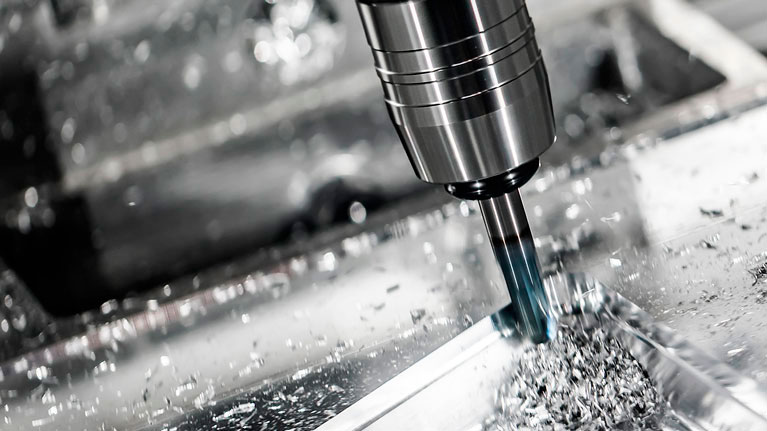Measuring to increase productivity
Dimensional metrology built into machines to enhance manufacturing efficiency.

The variability of parameters (geometry, thermal status, drifts, etc.) influencing manufacturing processes has made it almost impossible to exert total control over the real scenario of a production process. As high added value products require the highest possible degree of accuracy and quality during a machining process, it is essential to reduce the extent to which these parameters have an impact on manufacturing processes.
In this scenario, the role played by measuring operations and how they can be incorporated to manufacturing processes acquires a special relevance due to the fact that built-in dimensional metrology provides the necessary means to get to know and monitor production processes better.
It is within this context and under the umbrella of the INTEFIX project that IK4-TEKNIKER has developed, integrated and commissioned smart tooling on machine tools together with the software required to synchronise the different components involved (laser triangulator, laser, positioning axes, neumatic cylinders, etc.) and thus manage a number of functionalities (calibration, centering, registration, measuring, fastening, etc.) of this contactless fastening and measuring system.
In short, it’s about fitting a machine tool with a smart device for the purpose of measuring the true geometry of a part and adapting a machining programme to its real shape and dimensions to enable machining to take place with a higher degree of accuracy.
When used properly, this system can automatically run a 3D scan of the component to determine its real shape and adapt machining programmes to the component’s geometry.
So far, existing solutions have used contact sensoring. This is why the main advantage of this new development is linked to high-speed data acquisition and a better geometric definition of the part to be machined.
Generally speaking, the INTEFIX project aims to come up with solutions allowing manufacturing processes to be supervised, monitored and adapted to achieve results that are more accurate, cheaper and of a higher quality thanks to the creation of a number of technologies that will make it possible to solve problems related to properly positioning a workpiece on a machine before the production process starts.
The devices that have been developed can modify the behaviour of the tooling and of the process/tooling/machine interactions during machining processes. This explains why the amount of time required to perform an operation and operational costs have been reduced.
